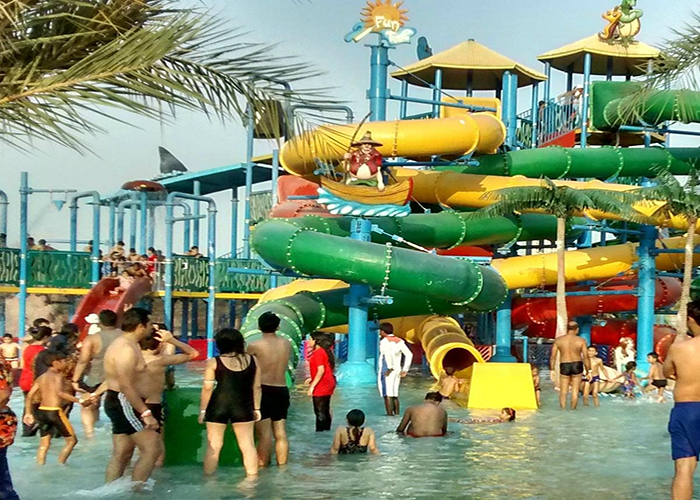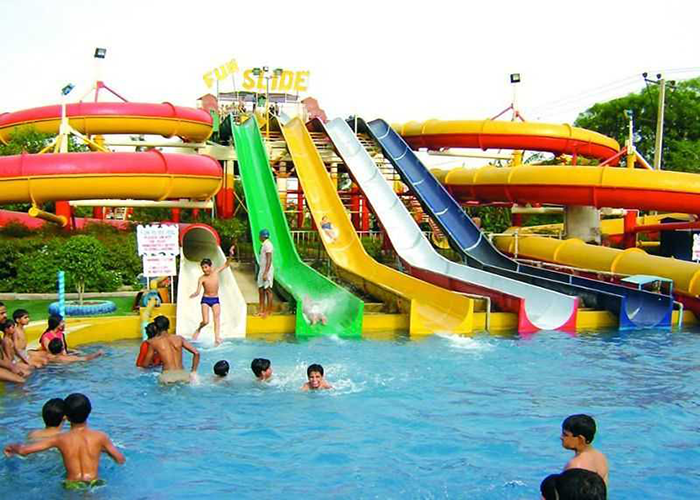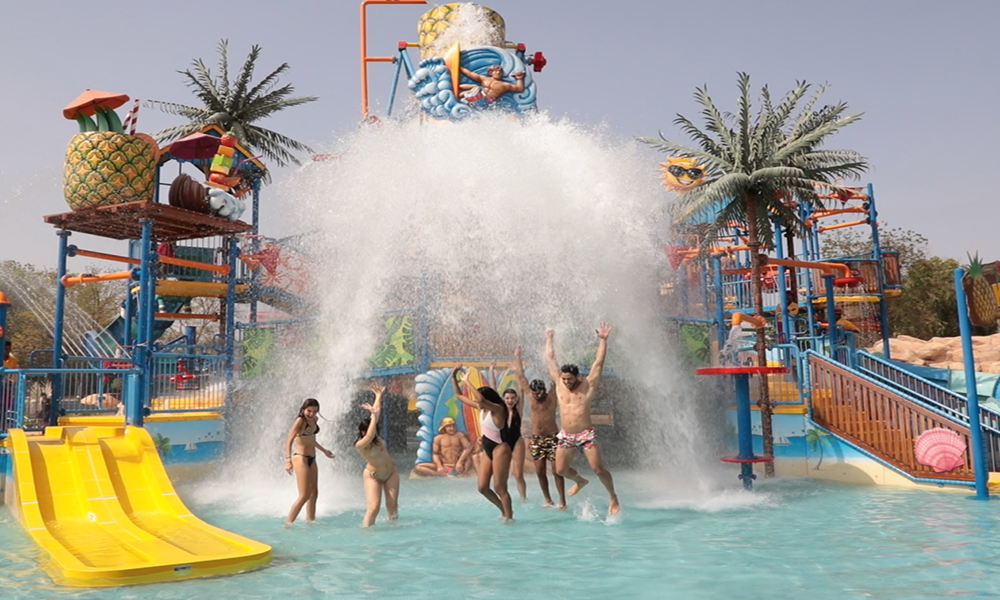Sustainable Water and Wastewater Treatment for Water Park Industries: RO, STP, ETP, WTP, WWTP, and Industrial Solutions

Water parks have rapidly grown across India, especially in Maharashtra, blending recreation with hospitality and tourism. From urban amusement hubs to rural getaway destinations, these parks attract thousands of visitors daily during peak seasons. Their popularity has turned them into high-footfall zones, creating both economic opportunities and environmental responsibilities.
In Maharashtra, where climate and tourism complement water-based entertainment, water parks contribute significantly to local employment and tourism revenue. However, managing large-scale water use while adhering to sustainability norms has become essential. Responsible water use and efficient wastewater treatment are no longer optional—they are core to long-term operational viability.
Understanding the immense water demand in water parks for rides, cleaning, landscaping, and guest facilities
Water is the backbone of any water park—used for pools, water slides, wave machines, landscaping, and sanitation. A single park can consume millions of liters every week to operate its rides, refresh pools, and maintain cleanliness standards. This constant demand puts pressure on freshwater sources.
Additionally, water is needed for food courts, guest showers, maintenance, and cooling systems. Without a proper recycling and filtration system, these operations can lead to excessive waste and regulatory issues. Hence, efficient water management isn't just good practice—it's a business necessity in the water park sector.
Key operations in water parks that contribute to wastewater and the need for effective treatment systems
Daily operations like pool water draining, ride maintenance, guest showers, and cleaning areas generate significant wastewater. Water from foot baths, locker rooms, cafeterias, and landscaped gardens also adds to the load.
"Water parks thrive on the joy of water, but behind the scenes lies a responsibility to manage it wisely. Every drop used for fun must be recycled or treated, turning recreation into sustainability. Proper water treatment isn't just operational—it reflects a park’s commitment to environmental balance and resource respect."
Much of this wastewater contains chemicals like chlorine, oils, sunscreen residues, and organic contaminants. Left untreated, it could pollute local water bodies or violate discharge norms. These activities demand robust and continuous treatment processes tailored to both volume and contamination level.
Identifying different kinds of wastewater produced by water park operations and their environmental impact
The main types of wastewater include greywater from showers and changing rooms, and chlorinated water from pools. Additional wastewater is generated from cleaning operations, food court runoff, and landscaping overflow.
This water often carries detergents, oils, disinfectants, body fluids, and other biological matter. Each category requires different treatment methods. For example, chlorinated pool water may need dechlorination and filtration, while food court wastewater could require grease trap systems and ETPs to separate fats and oils.
Treatment solutions for managing the large volume and diverse contaminants in park-generated wastewater
To manage wastewater, parks employ Sewage Treatment Plants (STPs) for domestic wastewater and Effluent Treatment Plants (ETPs) for chemical-laden water. A Water Treatment Plant (WTP) is often used to purify fresh water before it enters rides and pools.
The process typically includes sedimentation, biological treatment, and filtration, followed by disinfection. Chlorine neutralization, activated carbon filtering, and RO units are often deployed to ensure water meets regulatory standards. Treated water is reused for landscaping, flushing, or even replenishing pools, ensuring resource optimization.
Adopting smart technology to recycle, treat, and reuse water across various water park operations
Modern parks use advanced technologies like RO systems, UV disinfection, and MBR (Membrane Bioreactor) systems for effective treatment. Automation and smart controls help monitor quality in real time, ensuring efficient water usage.
By recycling water from pools and showers for landscaping or toilet flushing, parks reduce dependency on external sources. Many facilities are now equipped with water meters, IoT-enabled monitoring, and rainwater harvesting systems, contributing to better water governance and cost savings.
Custom-designed water treatment solutions for sustainable and compliant operations in water parks across Maharashtra and India
We provide tailored water treatment systems for water parks, including STPs, ETPs, WTPs, and advanced RO units. Our team evaluates your park’s needs and delivers a turnkey solution that aligns with regulatory norms and daily operational requirements.
From design and installation to maintenance and support, we ensure plants run smoothly, treating and recycling water efficiently. We also offer remote monitoring, annual maintenance contracts, and operator training. Our mission is to help water parks conserve water while offering a safe and enjoyable guest experience.
Conclusion: Water Treatment Solutions for Water Park Industries

Sustainable Water Management in Hospitals Ensures Safety, Compliance, and Environmental Stewardship
Water parks symbolize leisure and fun, but behind the scenes lies a massive responsibility—managing and conserving water resources. With high water consumption and a mix of contaminants, wastewater must be effectively treated through STPs, ETPs, WTPs, and RO systems..
Modern technology enables these parks to reuse treated water, reducing operational costs and environmental impact. Our services are designed to provide reliable, efficient, and sustainable water treatment systems tailored to each park’s unique needs. As water parks continue to grow, eco-conscious practices will define their success and long-term sustainability.

